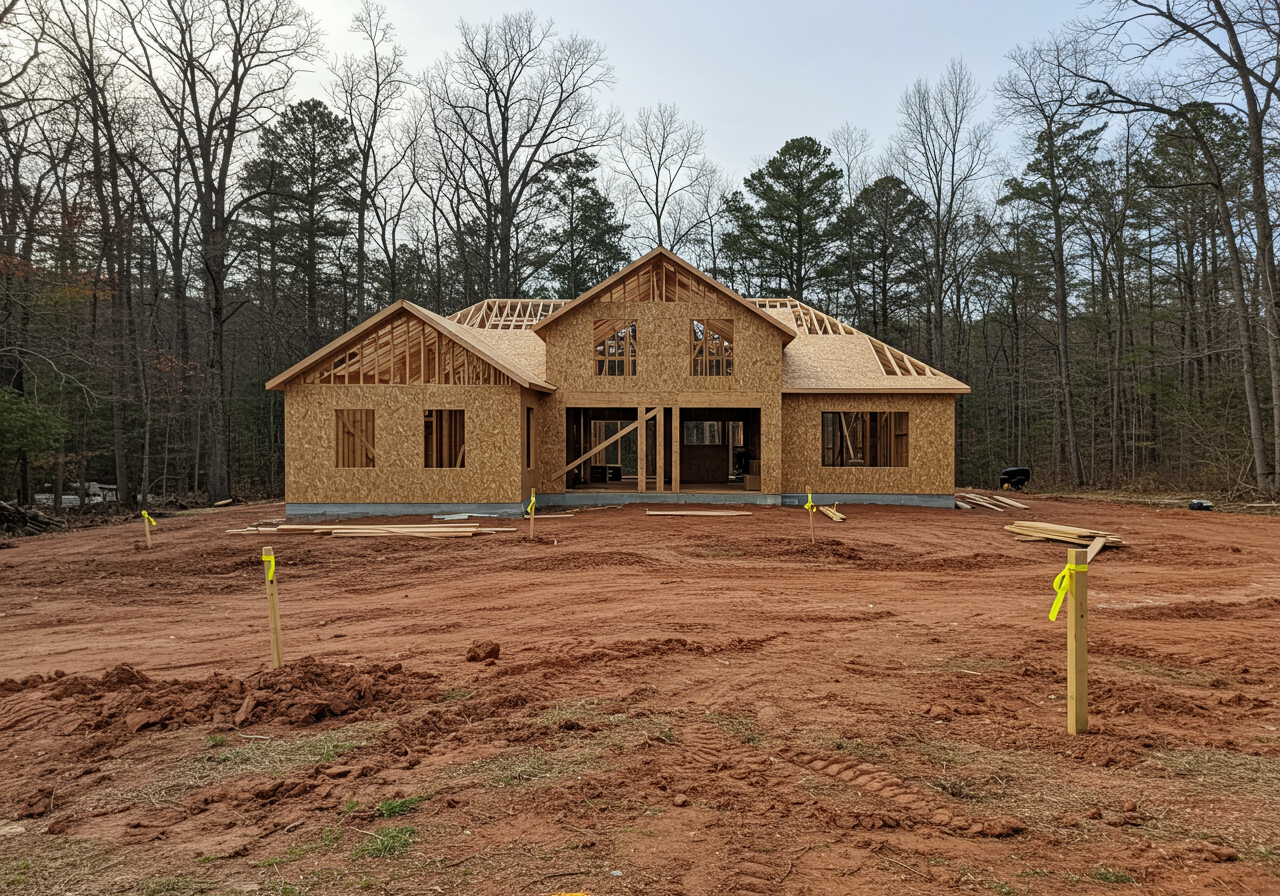A new study reveals the cost to build an average-sized single-family home in the United States has risen 42 percent since 2018. MarketWatch is reporting materials to build a new home now cost $35,000 more than they did four years ago, according to the Bank of America study “Who Builds the House,” which detailed the average cost of 14 components that go into building a house.
What materials go into building a home?
- Framing lumber/engineered wood
This category accounted for the largest percentage of all material in a home, at 30.2%. The cost of lumber content per home was around $35,488. Lumber prices have been on a wild ride over the last year. The commodity has come off all-time highs in 2021, when lumber prices had nearly tripled, particularly over the last four months of the year. That meant an increase of $18,600 in costs to an average new single-family home. But experts are expecting demand to soften amid a slowdown in U.S. home sales.
“A significant factor in the price of lumber is the price of timber (the sawn tree),” the Bank of America report stated. The South “continues to be amply supplied in timber at present,” it added, “as standing inventory remains higher than post-Great Financial Crisis levels.”
- Concrete (foundation)
This category accounted for 8.9% of all content in a home, but was costly, at around $10,526.
- Windows and doors
Windows and doors have had a notorious reputation among builders over the last year, with many companies scrambling to find them. While they only make up 8.9% of the total material per home, they are, like concrete, costly, at $10,519. Bank of America noted that windows and doors tend to be a labor-intensive industry.
A shortage of windows has slowed down the construction process considerably, Jadrosich said. “You can’t finish a lot of the houses if you don’t have the windows in,” he explained. “You can’t put your appliances in, and paint the walls, and finish your floors, if the house isn’t sealed with windows.”
And until that supply chain for windows improves, “you’re gonna have a pretty slow, elongated build cycle for a lot of the home builders,” he added.
And with a shortage in specific items like windows, “it’s really difficult to live in the house if you don’t have them,” Jadrosich said. “Things like appliances, it’s hard to move in, or even get an appraisal until those are in the house. It can really, really slow down the process.”
- Siding
- Plumbing
Plumbing has been one of the sectors that has been hardest hit by the labor shortage, Bank of America said. “Employee retention will be critical to keep up with the rising demand,” they said.
- Cabinets
- HVAC
- Roofing
- Flooring
- Structural panels
- Wallboard/drywall
- Appliances
- Architectural coatings
- Fiberglass insulation
- Other
And U.S. households may be facing an unseen cost as a result of rising prices in homebuilding: The average home in the U.S. has shrunk considerably over the years.
